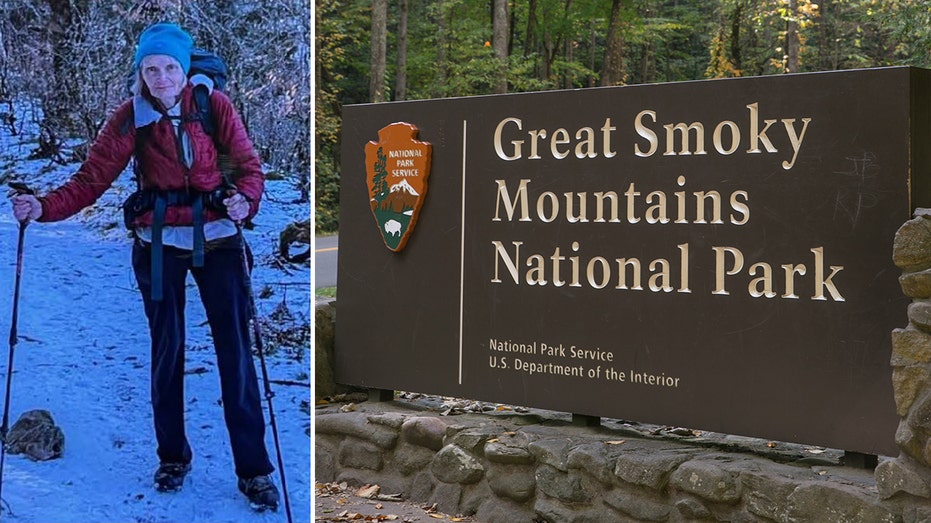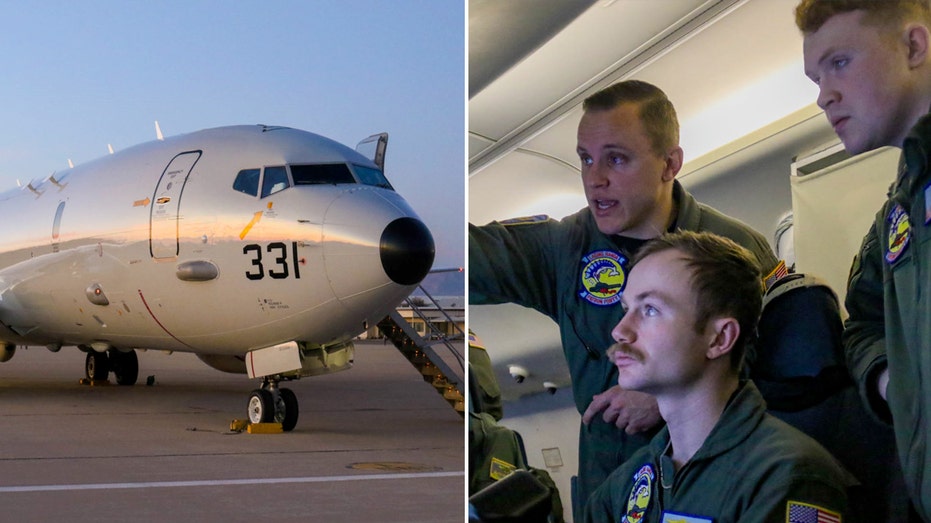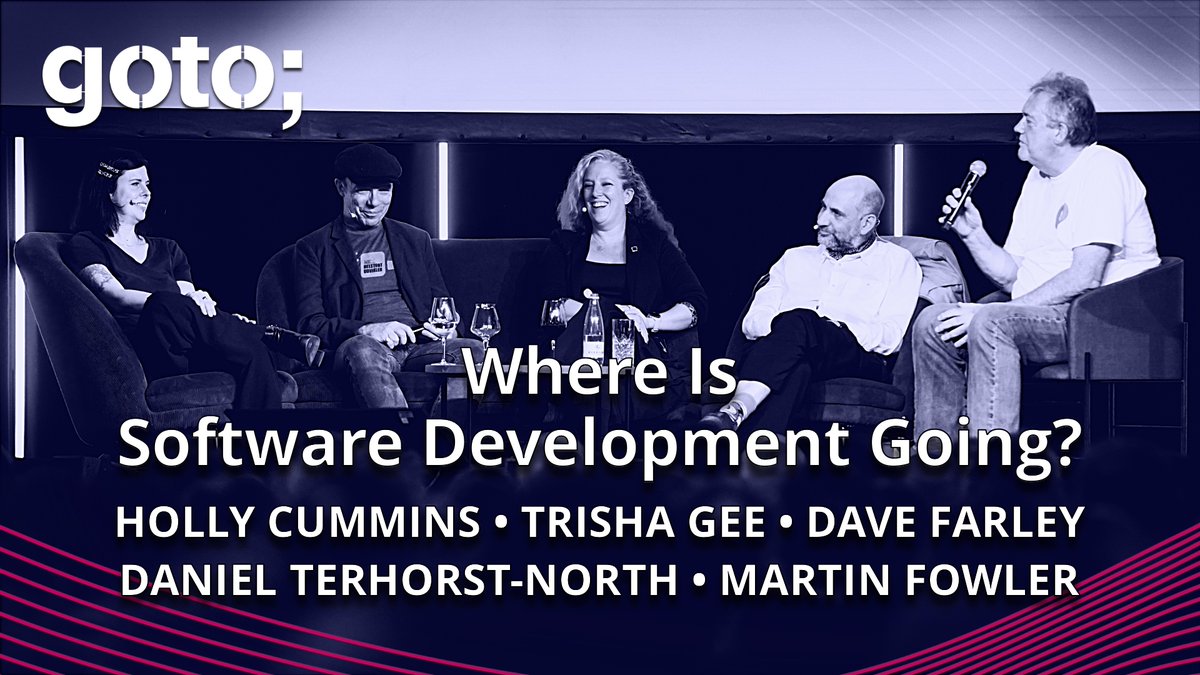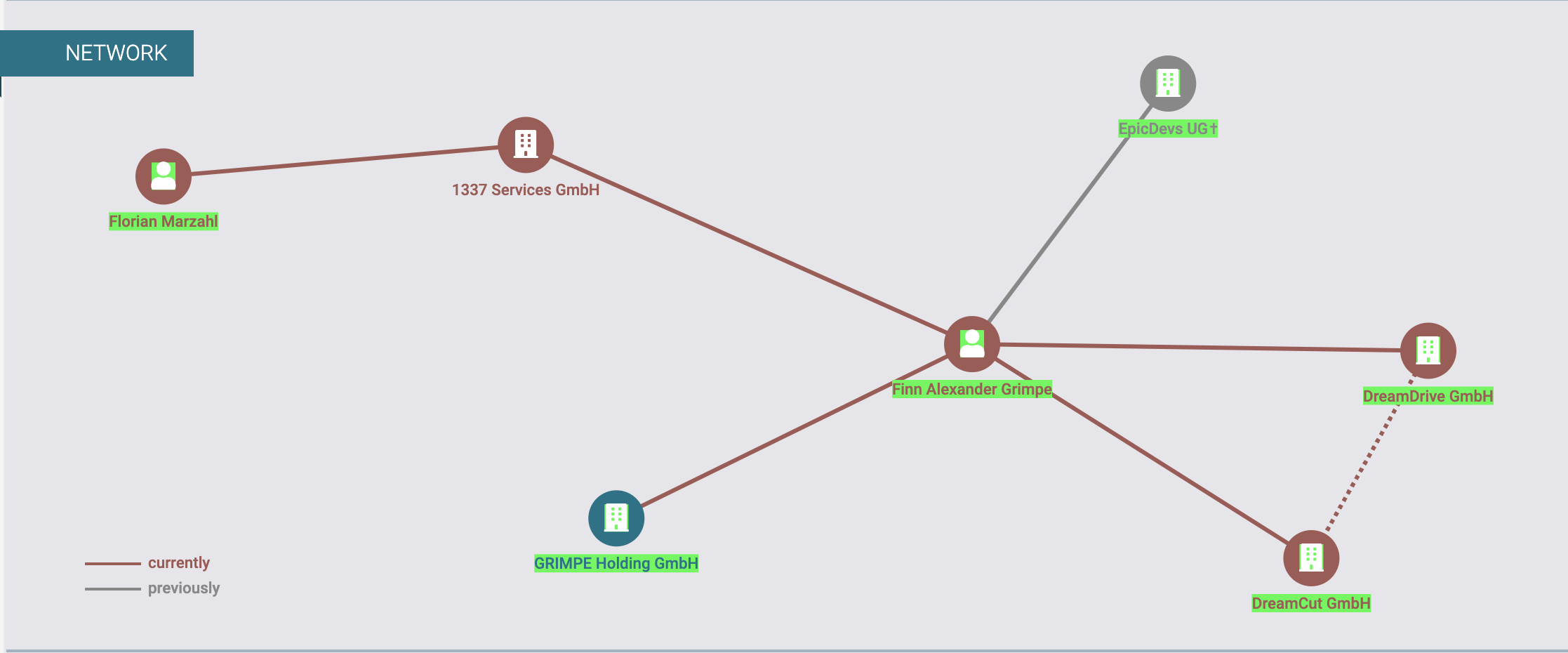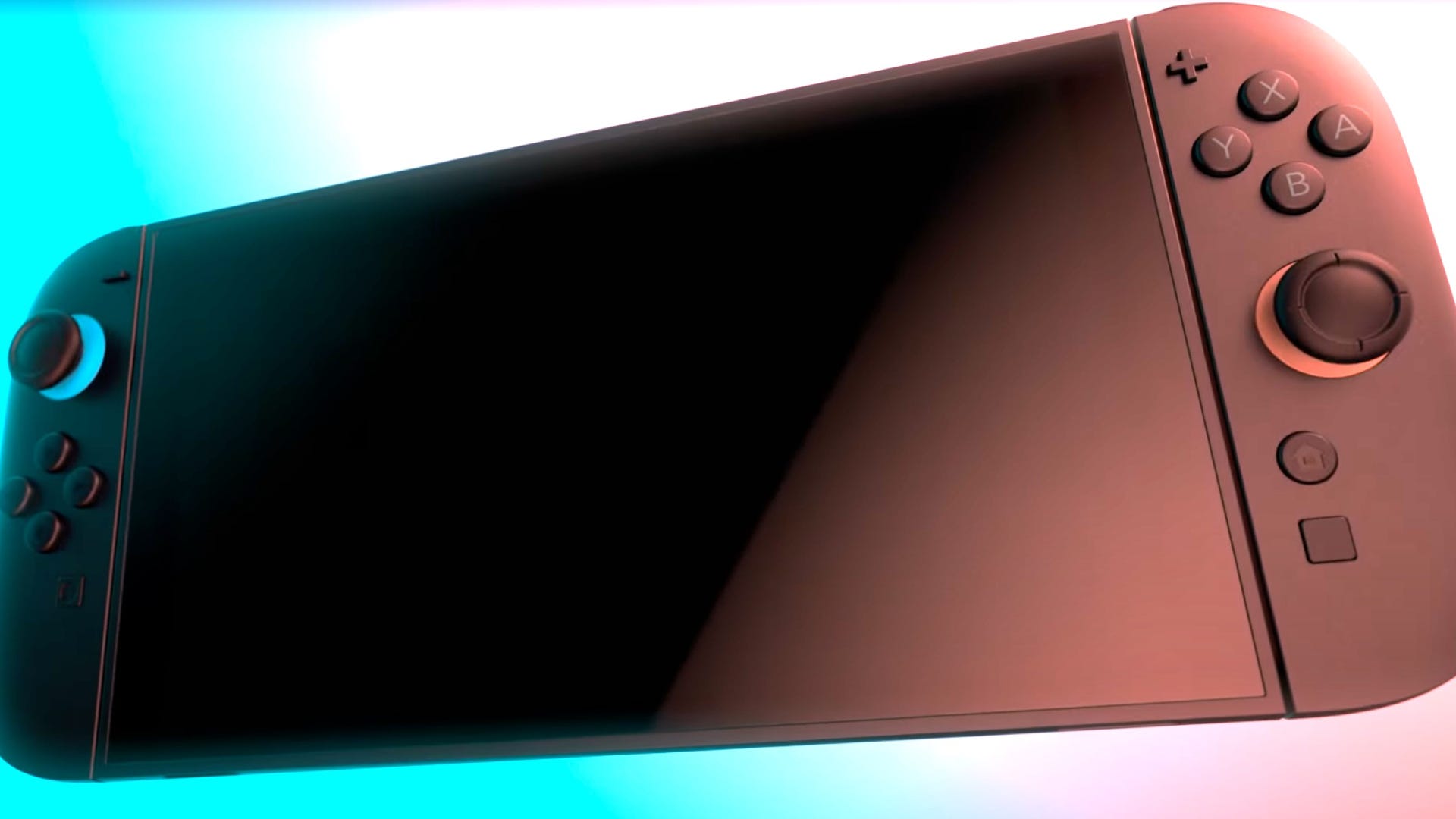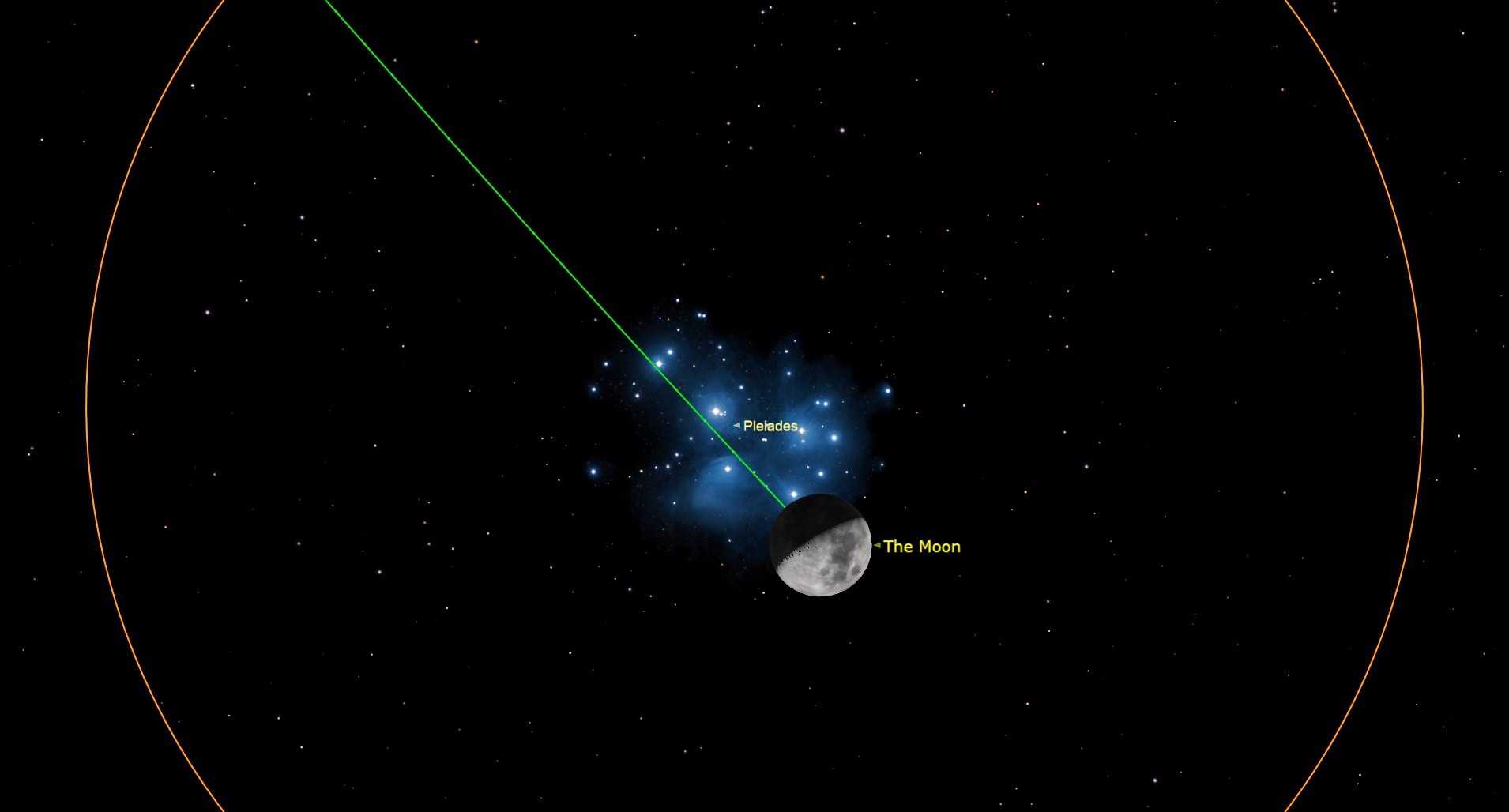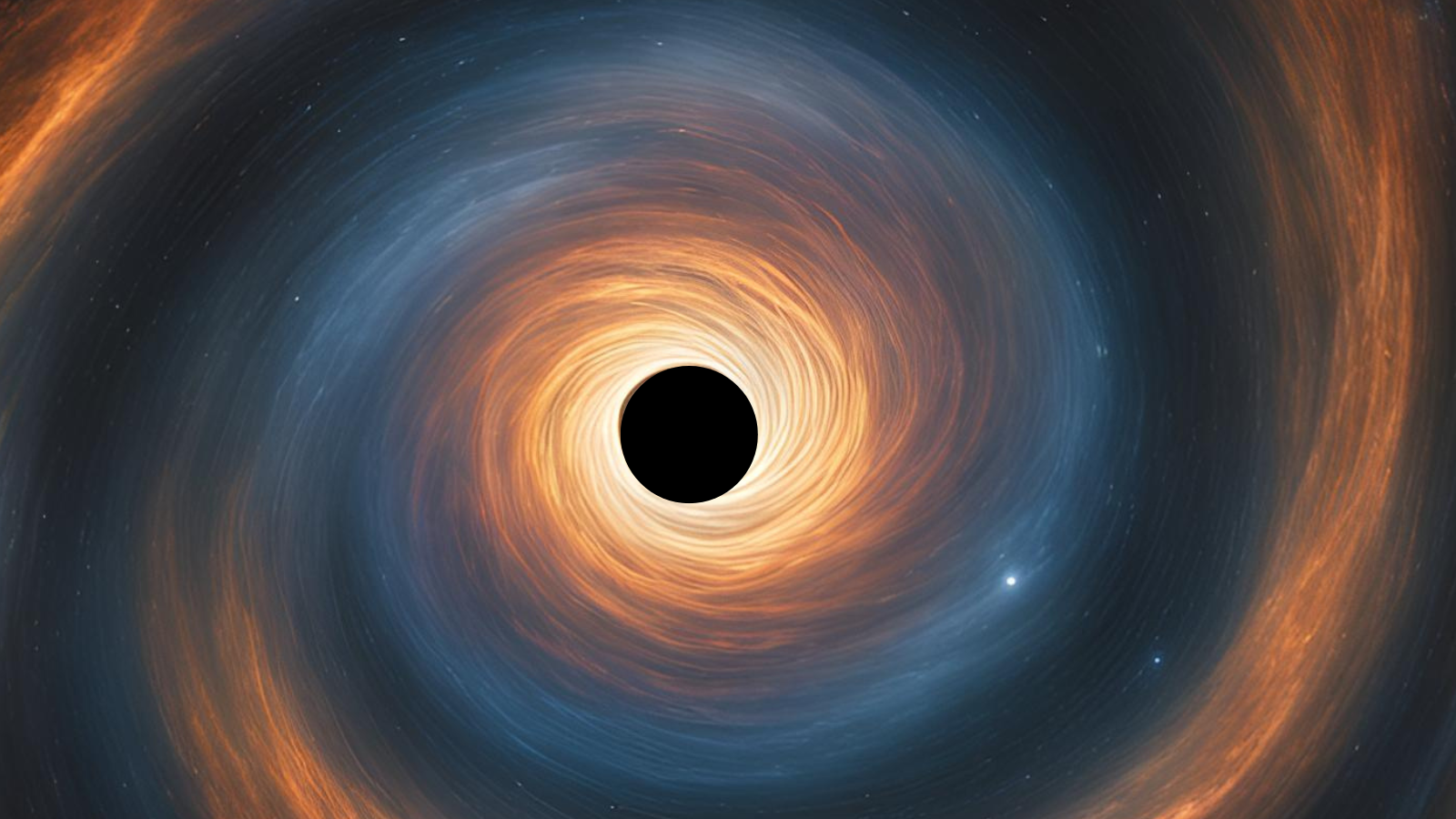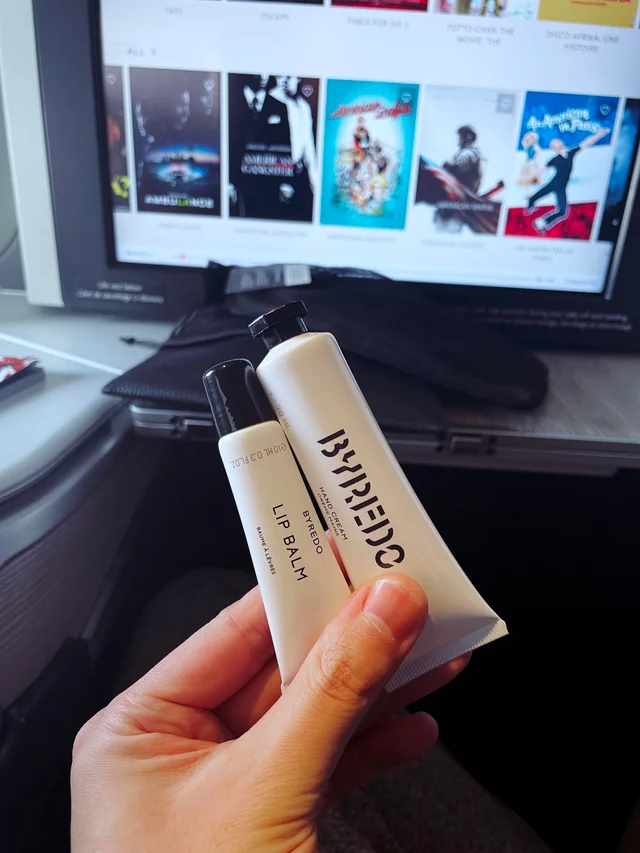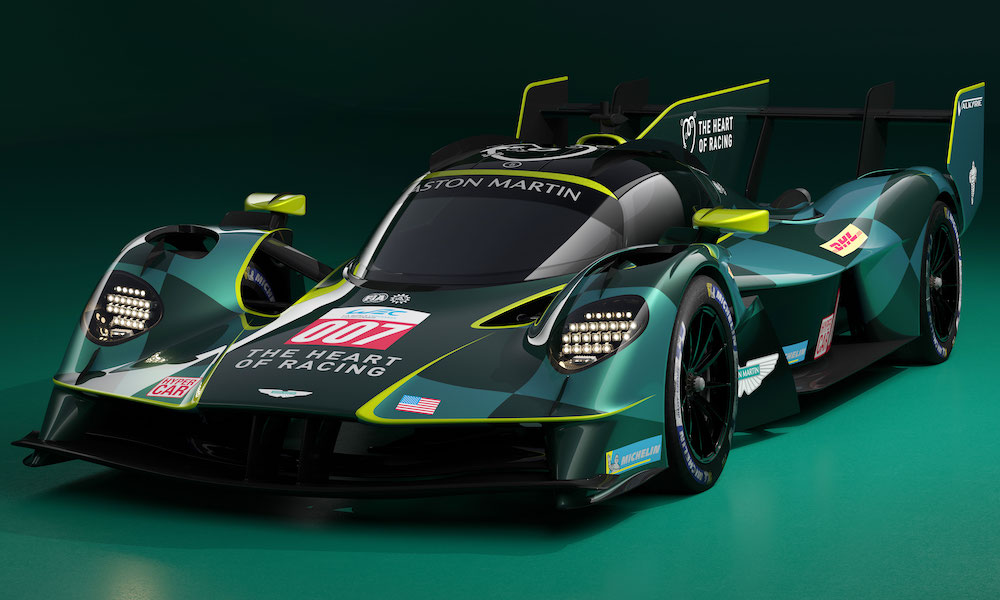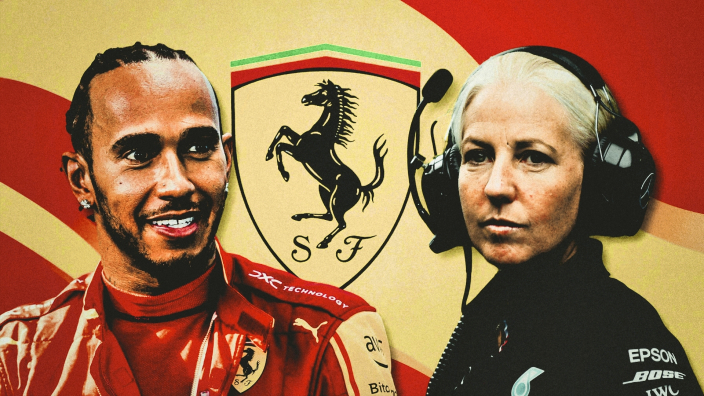Digital, Real Worlds Connect at IMSA Technology Symposium
Presence of Microsoft, AMD, NASA and Michelin engages tech community...
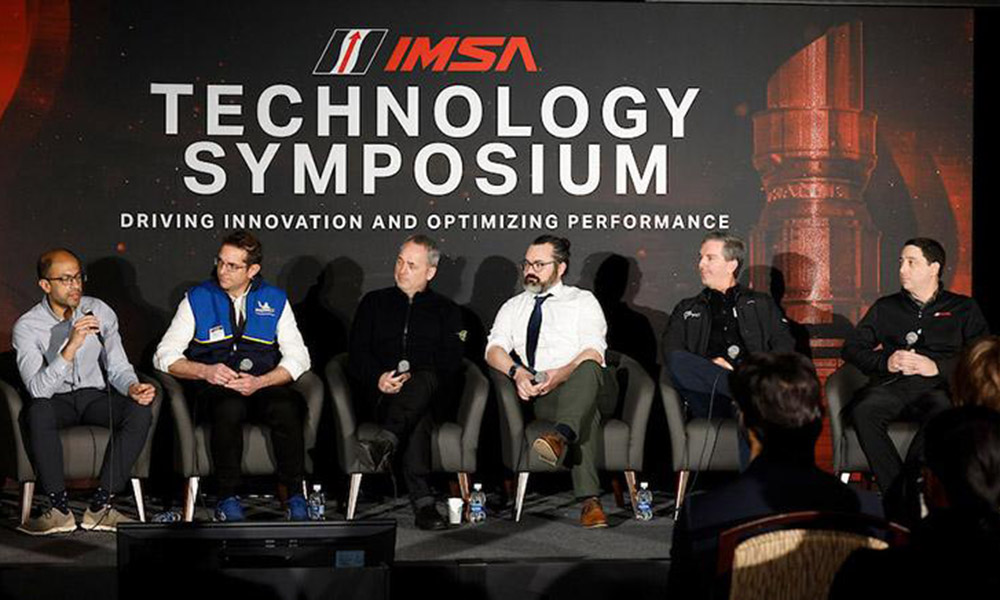

Photo: IMSA
The IMSA WeatherTech SportsCar Championship features by far the highest level of technology in American motorsport.
It’s therefore no surprise that a growing number of America’s leading technology providers are forging partnerships with IMSA, its teams, and the sanctioning body’s 18 participating auto manufacturers.
IMSA provides a competitive on-track product that is a crucible for development of automotive and human performance. It’s an arena that creates business-to-business relationships between a diverse group of carmakers, traditional automotive suppliers, and purveyors of high-end computer technology and artificial intelligence capability.
Through IMSA sports car racing, these technology providers have a platform that showcases the immense capabilities of their products in a relatable way to a tech-savvy audience. IMSA has even attracted interest from NASA, whose engineers are identifying many similarities between endurance racing and space exploration.
For the second year in a row, IMSA hosted a Technology Symposium alongside the season-opening Rolex 24 at Daytona.
This year’s event, held in the shadow of Daytona International Speedway at nearby Embry-Riddle Aeronautical University, featured a panel including speakers from Microsoft Research, AMD, Michelin and NASA.
“It’s a fantastic opportunity to sit up on stage with such qualified individuals and to really hear them paint the picture of the challenges IMSA has,” said Matt Kurdock, Managing Director, Engineering for IMSA.
“Sports car racing is inherently complex. We’ve got four different classes. We have in each car, four different drivers, and IMSA’s challenge is to extract from this race data that that’s being collected and figure out how to get an appropriate balance so that many factors stay engaged in the sport.
“We have a very small engineering team at IMSA, so we’re reliant on cloud tools and simulation platforms to do a lot of the heavy lifting for us. There’s certainly some low hanging fruit for AI, which is why we we’ve been talking with NASA and Microsoft Research about that.”
What’s In It For Them?
The scientists, physicists, mathematicians and engineers that work for Microsoft Research pretty much get to create their own agenda.
For Siddhartha Sen, a Principal Researcher with a specific focus on AI, that has run the gamut from chess and other board games to video gaming and simulators that led him to working with the iRacing simulation platform. It all culminated with involvement in real-world racing, starting with the Alpine Formula 1 team.
Then “Sid” attended Motul Petit Le Mans.
“I got introduced to the notion of multiple classes on the same track,” Sen said. “And I was like, ‘Why do this? Why have this complexity? Why make my life this much harder?’ At first, I thought this was unnecessary, but then I saw the different classes of cars interacting, and I thought, ‘This is so interesting!’ And the richness of that dynamic, I think just makes a problem even more interesting. But also, more challenging.
“One of the things that drives me toward this sport is technology seems to be front and center,” he continued. “From the chassis to the engine to the simulators, the hardware they’re using, the teams are just pushing technology so far. When they do that, I think bodies like IMSA also have to push their technology because they want to understand what the teams are doing and how to manage that whole competitive environment in a balanced way.
“This combination of forces at play is something I hadn’t seen in any other domain I’ve worked in. I don’t know if it exists in any other domain. That’s one of the reasons I’ve grown increasingly passionate about working in this area and using our AI tools and ideas to see if we can solve some of these problems. Motorsport is unlike any other domain that I have worked in. It’s much richer, much harder, and much more complicated than any of the other work I’ve done.”
Sen’s introduction to sports car racing was a direct result of Microsoft’s participation in the inaugural IMSA Technology Symposium in 2024.
“I think last year, to be to be frank, was a bit of an experiment,” said Steve Clayton, Vice President, Communications Strategy for Microsoft. “Now here we are with a full room, and I think that shows the level of interest.
“I came back from this event last year, and I was like, ‘We have to get Microsoft Research involved,” he added. “We did, and now I just want to continue our quest because I see so much more opportunity for our business to be involved in the culture within motorsport and to really take advantage of the partnerships that IMSA has with folks like NASA and Michelin and AMD.
“The lifeblood of Microsoft Research in many ways is data, so there is no better place to come and collect data, with the amount of data that these cars are throwing off every 60th of a second.”
Connecting the Dots
It’s often said that the IMSA WeatherTech SportsCar Championship is sensory overload – the sights, sounds, and even smells of a racetrack. It doesn’t take much to hook a first-timer – especially when they understand that racing is so much more than a bunch of cars running around and around a circuit.
“I never was a big motorsports fan until this event (the Rolex 24) three years ago when we got invited by our friends at CrowdStrike to come to a CIO (Chief Information Officer) symposium,” recalled Lewis Carroll, Director, Field Engineering for AMD.
“Wandering around the paddock, we found a Microsoft logo on the side of one of the race team trailers. We’re like, ‘Okay, what’s Microsoft doing at the racetrack?’ We go in and talk and they’re using Microsoft Azure to run simulations for a product called Ansys Cloud. Aha, now we get it! AMD is the engine under the hood that powers the simulations behind Ansys Gateway and Ansys Cloud.
“This sport, maybe more so than any other out there, is all about data. You need high performance compute to turn that data into information, and that happens at a massive rate and it has to happen in extremely short time – whether it’s for the teams depending on that data to take action, for the manufacturers to see how their car is performing, and IMSA, who wants to balance the power to create an engaging fan experience. And, of course, we’ve got all the fans out there who want to follow their favorite car, team or driver with real-time data and statistics.”
It’s Not Rocket Science, But It’s Close
The motorsport and aeronautical worlds share a surprising amount of overlap. Both are highly dependent on engineering and technology, sharing an obsession with light weight and aerodynamics. Safety is an important additional consideration in both specialties.
There are not a lot of obvious parallels between running a racing car around Daytona or for 24 consecutive hours and sending a crew to Mars. But both missions rely upon the collection of data to remotely identify and solve (if not pre-empt) potential problems with a piece of high-tech machinery.
“The problems that we have are fundamentally pretty similar to the problems in motorsport,” explained NASA Scientist Ian Maddox. “Racing generates a ton of information at a really high rate, and a lot of it is kind of similar to the data that we’re used to seeing.
“A lot of what we are interested in learning with IMSA is to figure out what you can do with the data set you’ve got – prognostics or diagnostics. When something does go wrong with the vehicle, being able to react quickly and know exactly what the problem is, and then hopefully fix it real fast. Those are the same kind of problems we’re trying to solve to bring crews safely to Mars. It’s more similar than anybody thought.”
A New Generation of Fans – And Engineers
A key theme that emerged from all the featured speakers at the Technology Symposium was the desire to use data to enhance the fan experience.
“One of the things I love about IMSA is how much respect and access there is for the fans,” Sen said. “This is something I have not seen anywhere else, this openness and desire to communicate and engage with the fans. With all the AI technology out there, combined with this high frequency data, I can imagine creating tools and interfaces that allow fans to interact and understand what’s going on in a more detailed way, in natural language that fans can understand.”
IMSA President John Doonan revealed IMSA will host six events in 2025 that will take STEM students to racetracks for interaction with engineers from racing teams, Michelin, and Bosch, that includes a look into IMSA new state-of-the-art engineering trailer.
A group of STEM students from local Volusia County schools attended this year’s Technology Symposium and were encouraged to direct questions to the panel speakers. This was a week after the same group of students attended the first IMSA STEM event at the Roar Before the Rolex 24.
“Today is all about sharing, it’s all about learning, and continuing to showcase what we do on the racetrack – what’s relevant today, and hopefully in the future,” said Doonan, who added IMSA has had great success working with engineering interns from Embry-Riddle. “This is an opportunity to show our future generation the opportunities that exist for them.”
